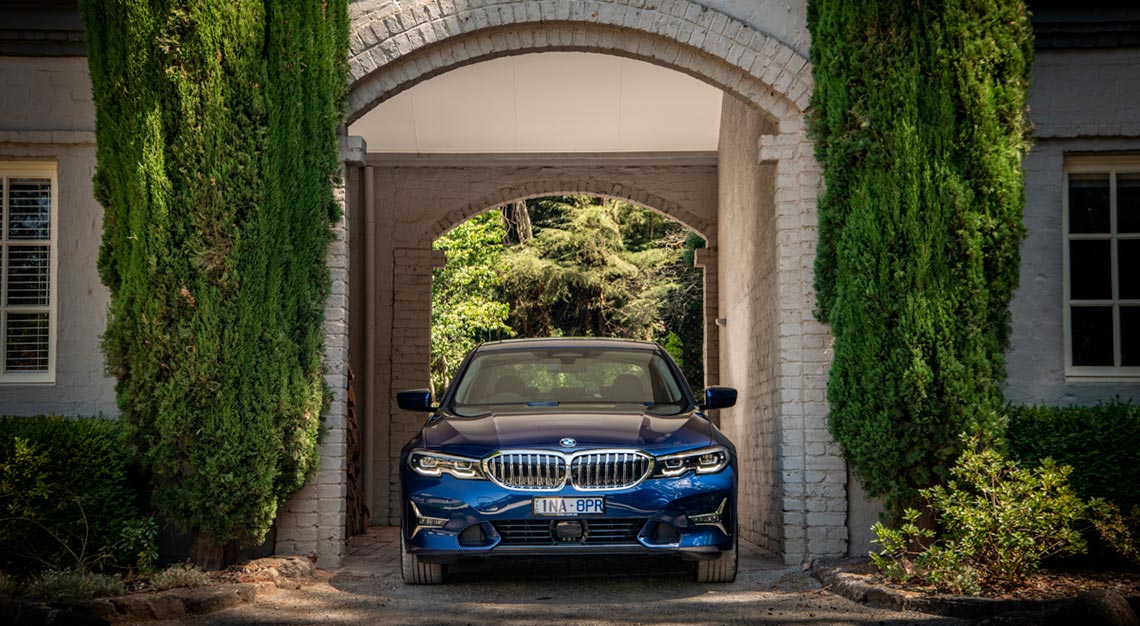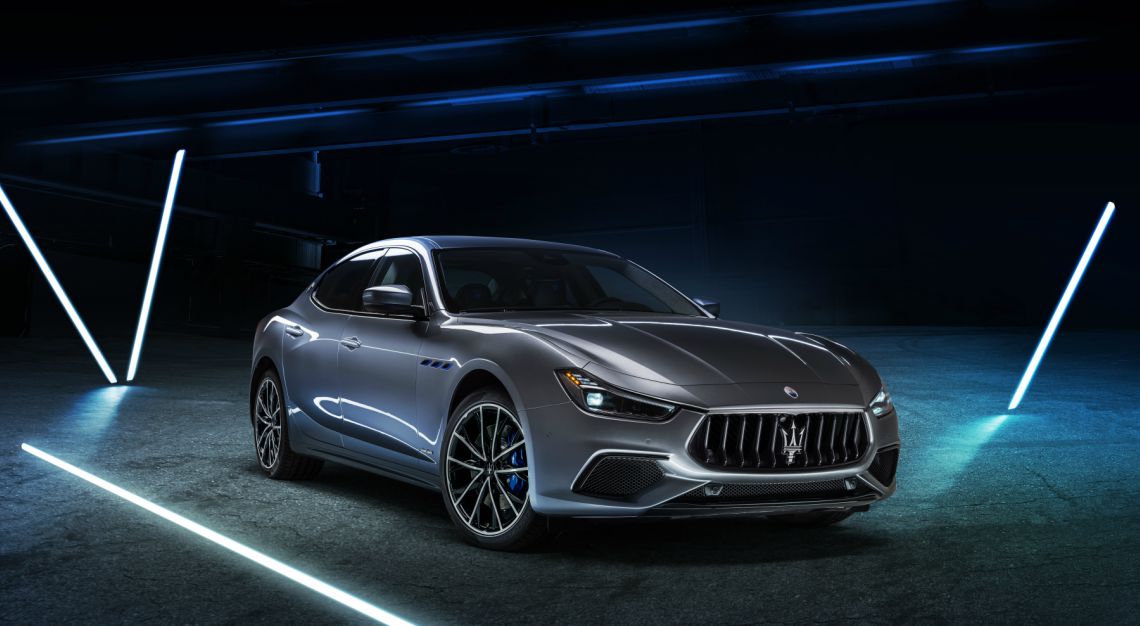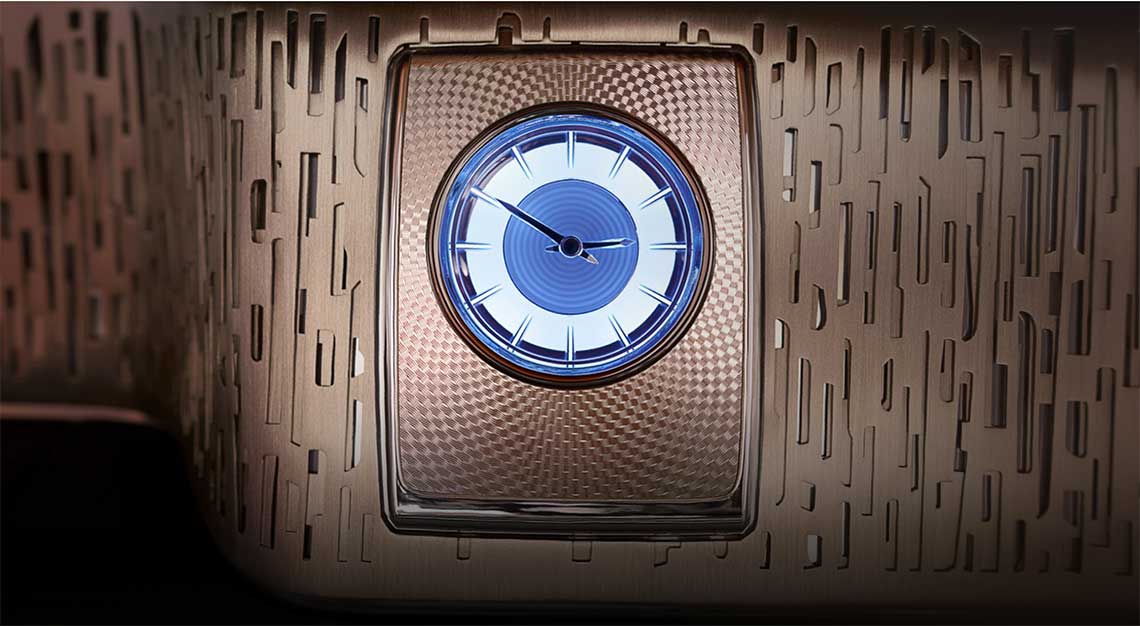The new BMW 3 Series is packed with a host of new features, superlative refinement and most importantly, deft handling
It might still be early days yet, but we’re going to call it right now — BMW is experiencing something of a renaissance, and if the BMW 7 Series and 5 Series (plus the monstrous BMW M5) hasn’t yet proved it, then surely the BMW 3 Series will cement that notion. What’s this renaissance, you might be asking?
If you’ll permit us to be blunt, just about every last-generation BMW was, well, not great. And while the BMW 5 Series and previous editions of the BMW 3 Series added more luxury and features, both also took massive steps backward in the dynamic stakes, with the latter being pretty bland. Yes, even the BMW M3/M4 lost the magic that so characterised past models.
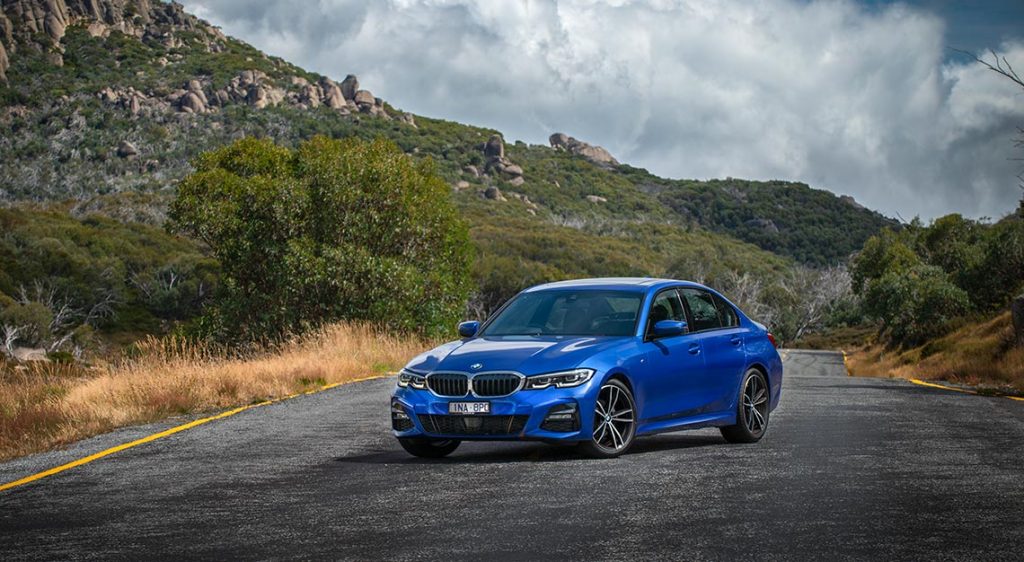
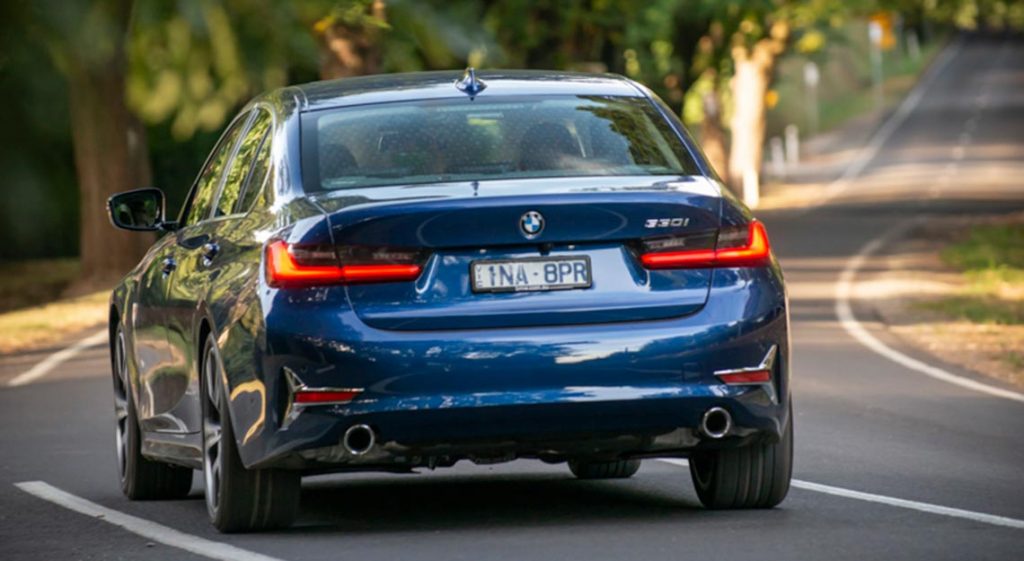
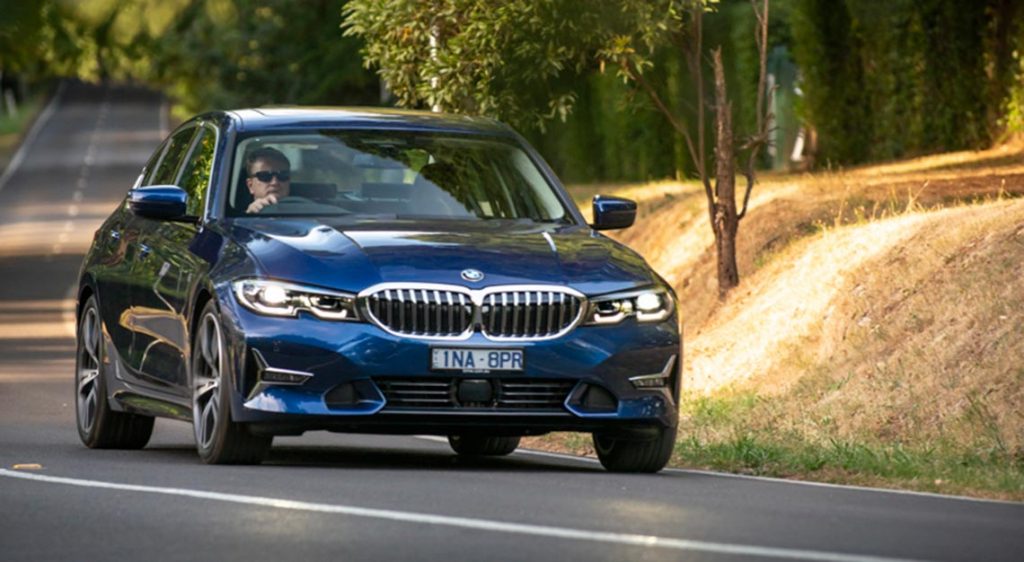
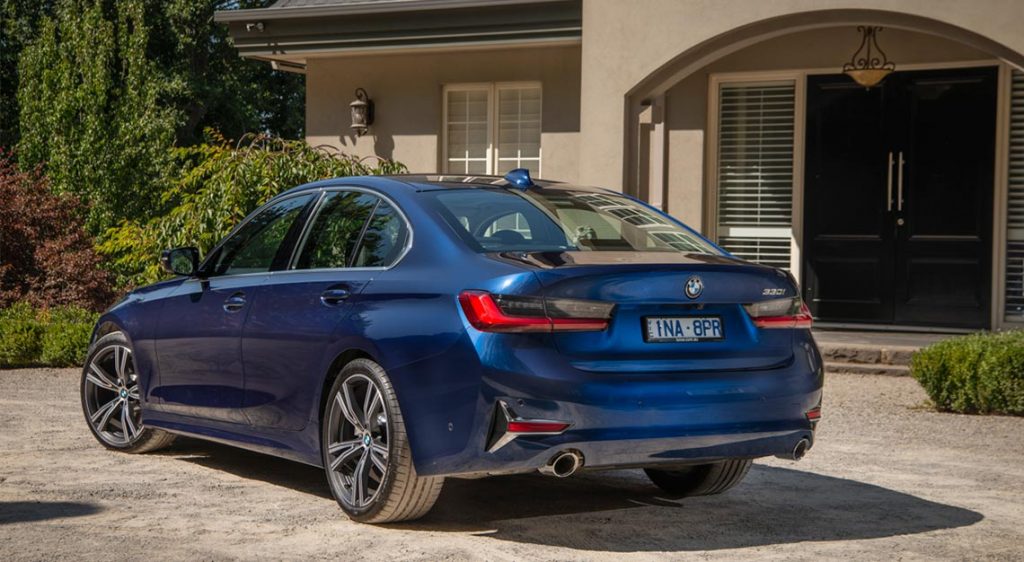
But this new BMW 3 Series, built on completely new, modular mechanical underpinnings rights all the ills of the previous generation, and then some. And it does so mainly through those completely new, modular mechanical underpinnings. Called CLAR (CLuster ARchitecture), it’s used pretty much ubiquitously throughout the core BMW range — save for those front-wheel-drive aberrations — and the application in the BMW 3 Series rings in a number of changes, all of them good.
Its wheelbase has stretched by 41mm to the benefit of interior space; its tracks have been widened by 43mm in the front and 21mm in the rear to the benefit of roadholding; overall stiffness is up by 25 percent to the benefit of handling poise. Despite all that, its overall weight is down, BMW says, by up to 55kg variant-for-variant.
The net effect of all these changes is to imbue the car with the sort of handling that fans of the BMW 3 Series have been pining for since 2011, when the previous-generation model, codenamed the F30 made its debut. Particularly in the range-topping BMW 330i we drove in the more rural parts of New South Wales, on the border with the state of Victoria in Australia. Turn-in is crisp, though that’s to be expected, given our test car was fitted with uprated M Sport suspension bits (this also comes with a racy bodykit).
Unlike in the previous model, the helm in the new BMW 3 Series has excellent accuracy just off-centre, and it only gets more enjoyable as you wind on more steering lock. Paired with an excellent drivetrain comprising a 2-litre turbocharged four-cylinder with 258hp and a razor-sharp eight-speed automatic, the way the BMW 3 Series drives is just peachy.
Naturally, the BMW 3 Series’ grip levels, given those newly swollen tracks and 19-inch wheels with meaty mixed-size tyres (narrower in front, wider at the back like a sports car) are excellent. But all those are just the quantifiable elements of the BMW 3 Series’ dynamic appeal. It doesn’t say anything about how much the car is begging to be thrashed and grabbed roughly by the scruff of its neck; in short, the sort of traits that made the BMW 3 Series so great in the past.
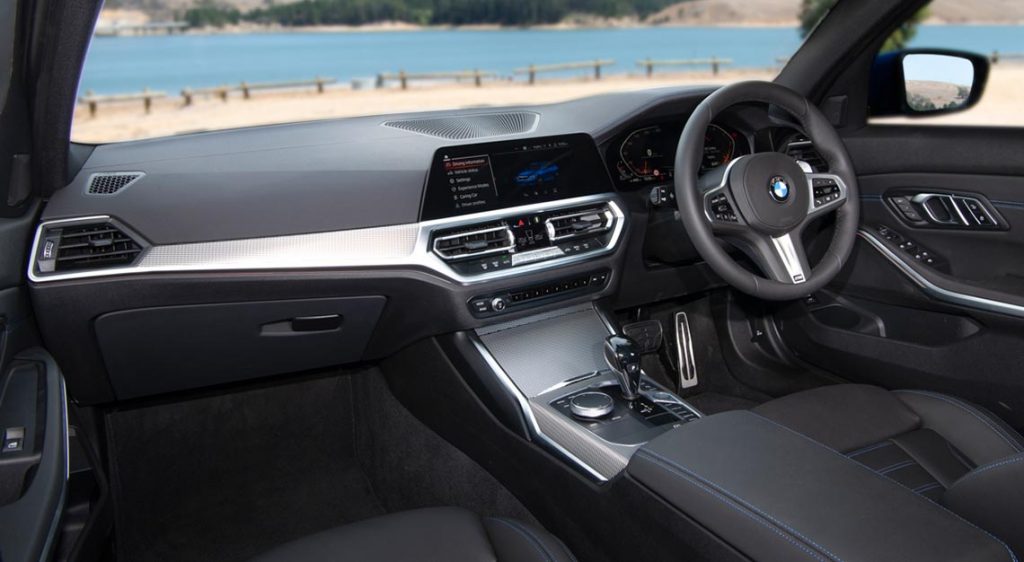
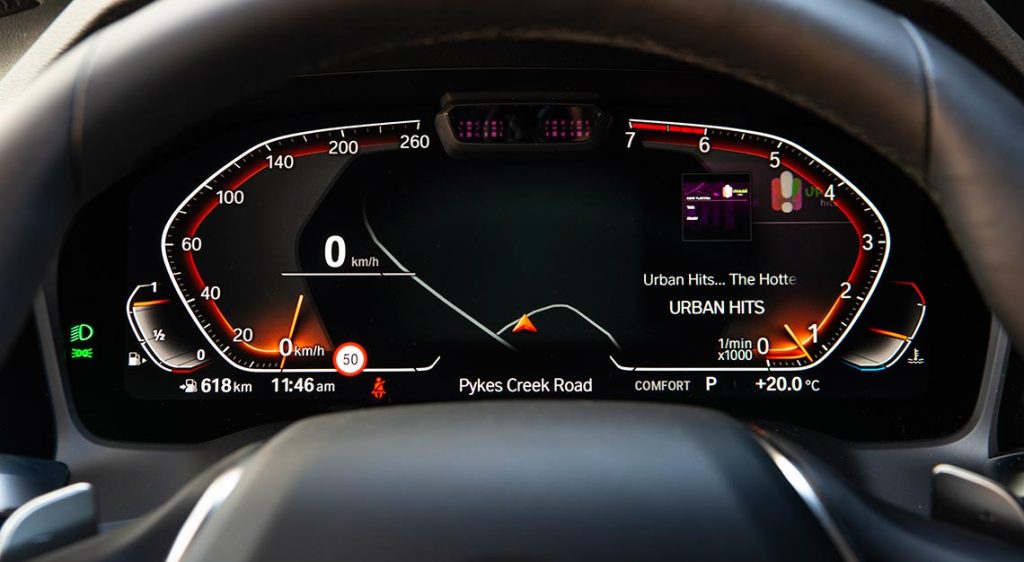
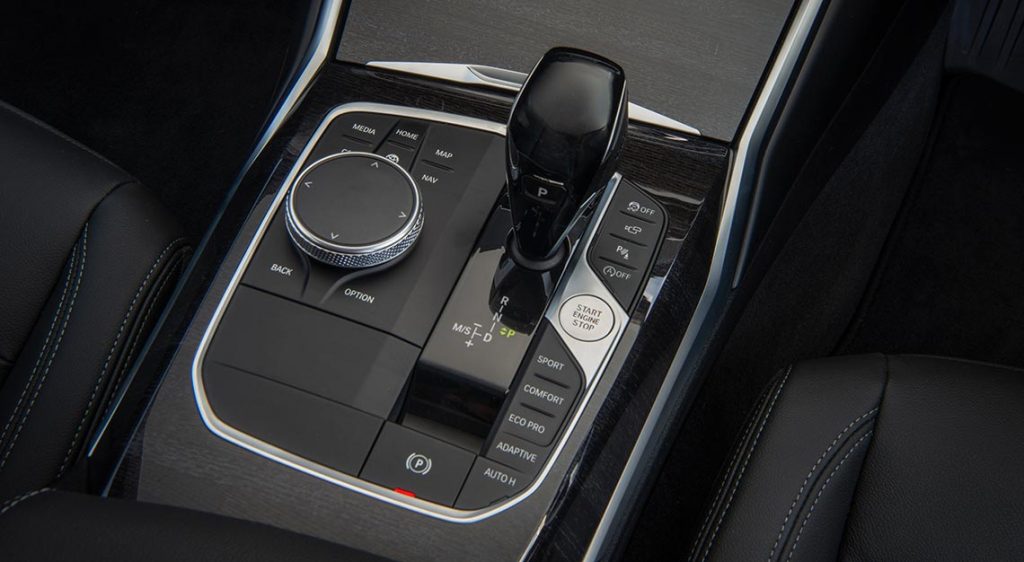
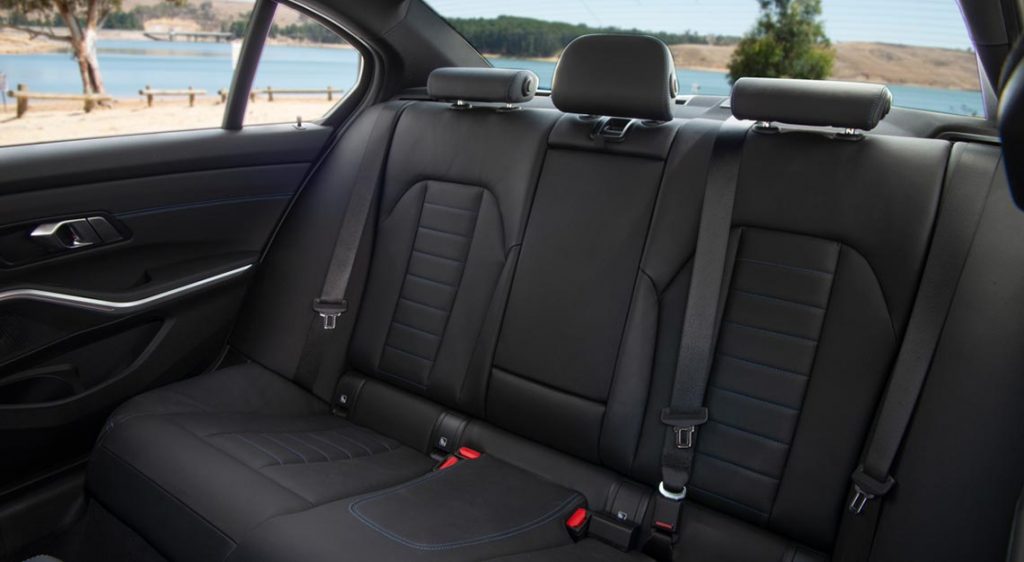
Amazingly enough, this newfound dynamism hasn’t come at the expense of its refinement. Sure, you could fling the BMW 3 Series about, but once the red mist clears and you’re in need of a quiet drive, the BMW 3 Series will more than gamely deliver on that as well. Foam inserts in the A-pillars dampen wind noise from the side mirrors, along with sound-insulating windscreen glass (the same glass can be optioned for the side windows ensure the 3 Series is whisper quiet on the inside).
The same can’t quite be said about its ride quality, though that’s probably down to the aforementioned uprated M Sport dampers. Still, it’s not all that bad, and while the ride is certainly firm and jostles around a fair bit on rougher tarmac, we think it’s an acceptable tradeoff for the handling benefits it brings.
And with the new BMW 3 Series, luxury features certainly hasn’t suffered. A full bank of LED headlights is standard, and a raft of autonomous driving features seen on the BMW 5 Series and BMW 7 Series can also be optioned.
More interesting is that the new BMW 3 Series will be the first BMW model in Singapore to have a Siri/Alexa-like personal assistant. Activated by saying “Hey BMW” (you can change it to “Hey Jarvis” if impersonating Tony Stark is more your speed), it’s operated via natural speech patterns. This is more handy than it sounds, because you can activate or deactivate obscure functions that are hidden deep in nested menus by simply asking the car nicely.
But some might argue that’s exactly what a compact executive saloon is supposed to do. It’s meant to be sporty and luxurious in equal measure. It’s a promise that the BMW 3 Series of the previous generation didn’t quite live up to — while it did the latter, it fell far short on the former promise. But with this, the seventh-generation of a lineage that goes back to 1975, the BMW 3 Series has finally found seventh heaven.
Car Specifications
Engine: 1,998cc, 16-valves, inline-four, turbocharged
Power: 258hp at 5,000-6,500rpm
Torque: 400Nm at 1,550-4,400rpm
0-100km/hr 5.8 seconds
Top Speed: 250km/hr
Transmission: Eight-speed automatic
Fuel Consumption: 6.1L/100km
VES band: B (No rebate/surcharge)
Price: $231,888 (including COE, excluding options)
